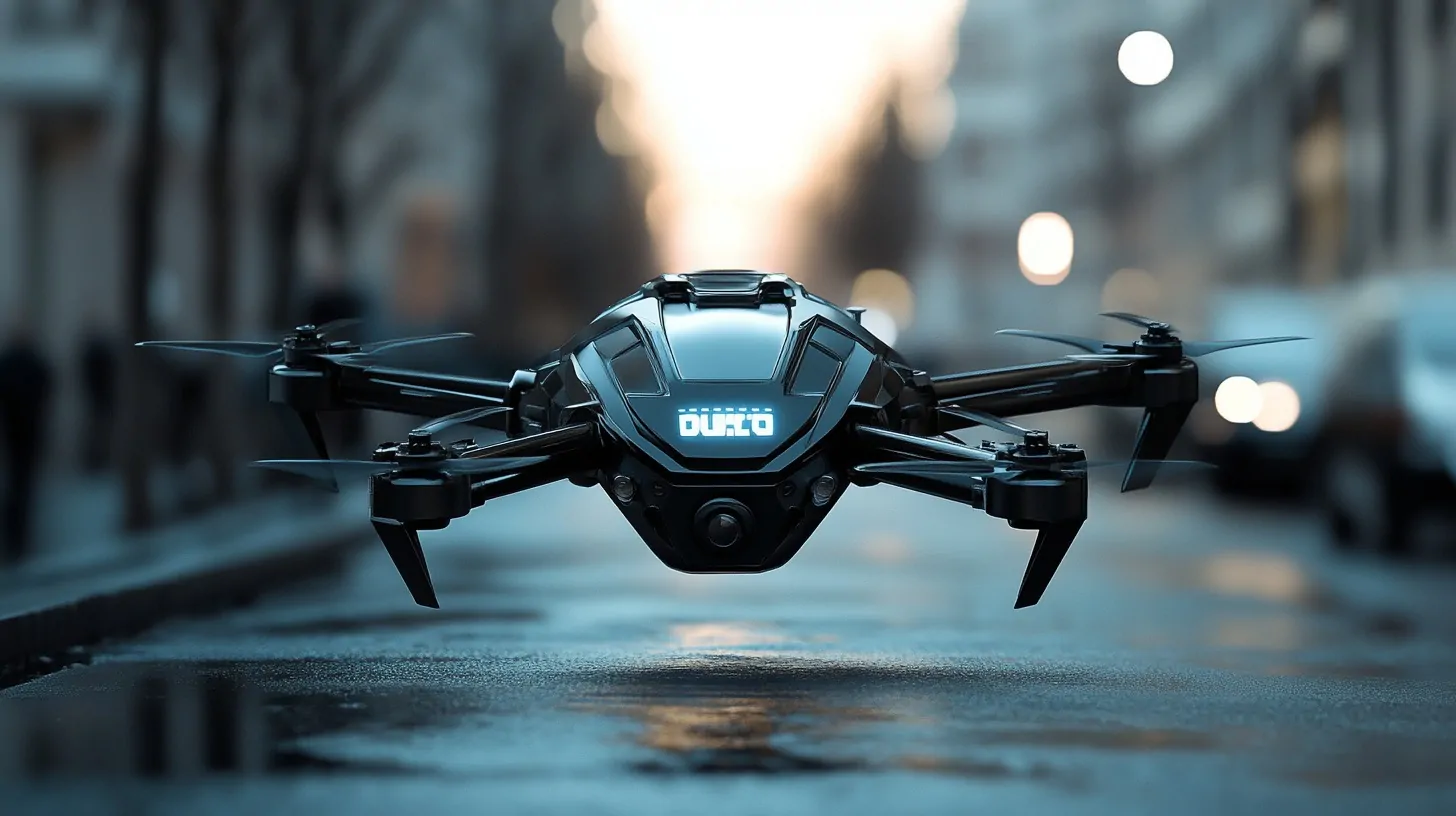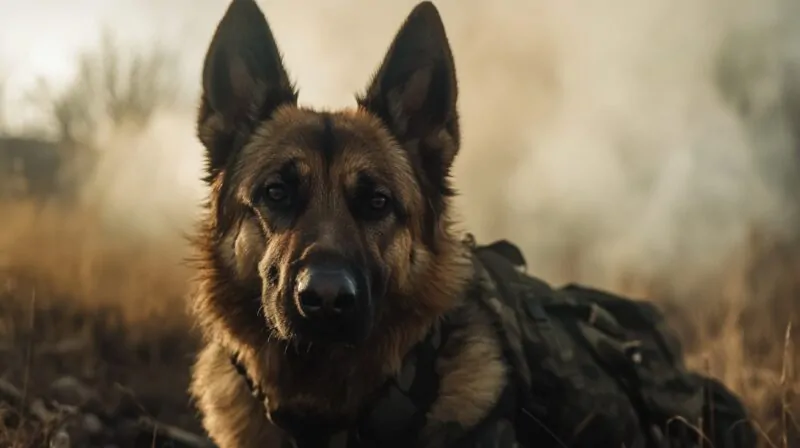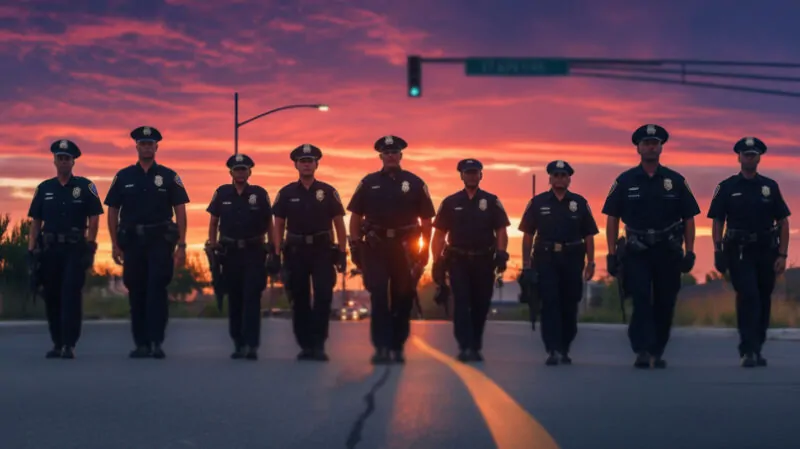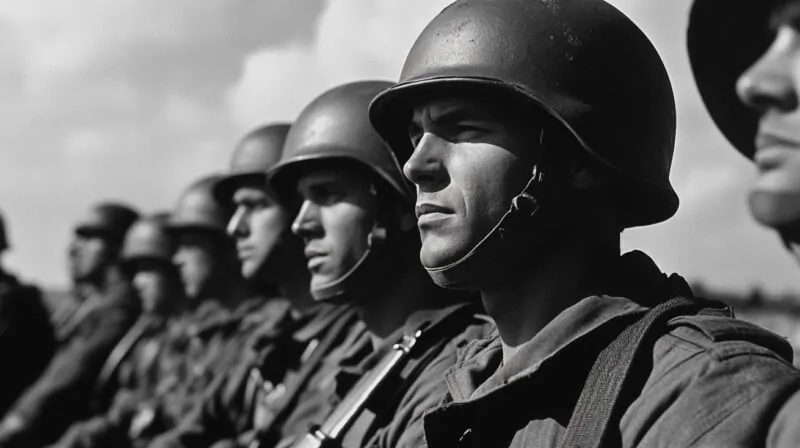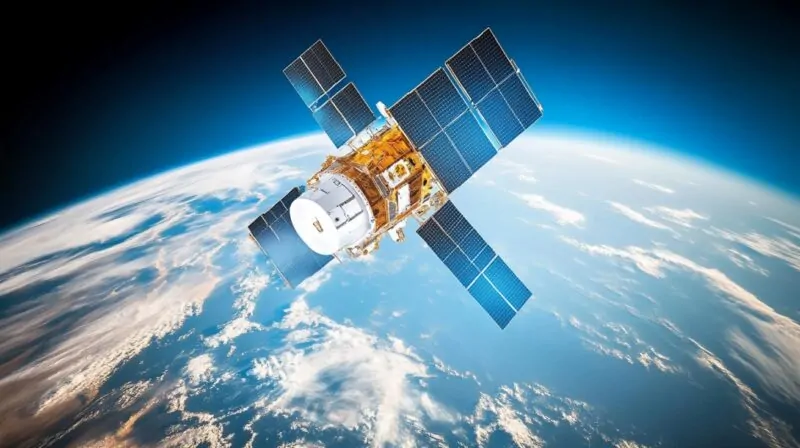Police UAV changed how police departments operate, providing faster, safer, and more effective ways to handle various situations.
Law enforcement agencies increasingly rely on UAVs for tasks that once required significant manpower and time.
These devices have proven valuable in search and rescue missions, crime scene investigations, suspect pursuits, crowd control, and disaster response.
Their impact continues to grow as technology advances, shaping the future of policing.
Search and Rescue Missions
Drones have become a crucial asset in search and rescue operations, significantly reducing the time and manpower needed for locating missing persons.
Police UAV equipped with thermal imaging, high-resolution cameras, and communication systems provide an advantage in areas that are difficult to navigate on foot.
These devices assist officers in covering vast or hazardous terrain quickly, increasing the likelihood of successful rescues.
Case Study: Elderly Man Found Using Thermal Drones (Chula Vista Police Department)
A 78-year-old man was rescued after LASD search and rescue teams used infrared heat-seeking drones to find him.https://t.co/phYpBQzXW9
— ABC7 Eyewitness News (@ABC7) December 27, 2024
The Chula Vista Police Department successfully deployed a thermal-equipped drone to locate an elderly man with dementia who had wandered into a ravine.
Without police UAV assistance, the search would have required extensive manpower and time, increasing the risk to the individual.
The drone allowed officers to work efficiently while avoiding unnecessary exposure to dangerous terrain.
- The drone’s infrared camera detected the man’s body heat, pinpointing his location in seconds.
- Traditional search efforts involving ground teams could have taken hours. The UAV reduced the search time drastically.
- Officers avoided unnecessary risks by sending the drone into the rugged area first, ensuring a safer and more effective recovery.
- The elderly man was found before his condition worsened, underscoring the value of UAVs in time-sensitive operations.
Case Study: Manitowoc County Sheriff’s Office (Wisconsin)
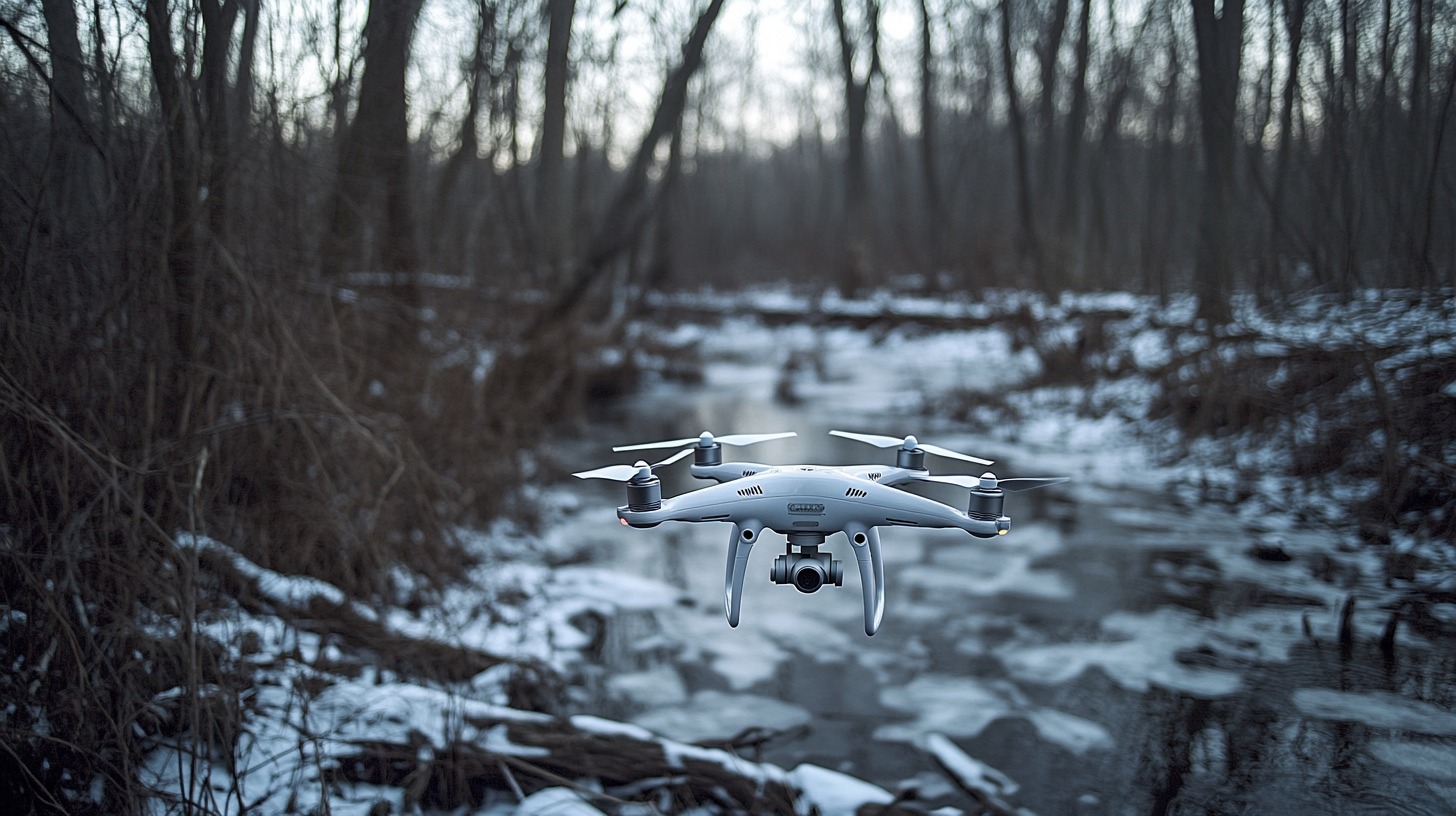
In Wisconsin, the Manitowoc County Sheriff’s Office used a drone to safely locate a suicidal individual armed with a firearm in a heavily wooded area.
Law enforcement faced the challenge of approaching the individual without escalating the situation or endangering officers.
The police UAV proved instrumental in achieving a peaceful resolution.
- The drone was equipped with a speaker that allowed officers to communicate with the individual without confrontation.
- Traditional search teams would have had to navigate dense foliage with limited visibility, increasing risks for both the officers and the person in crisis.
- Instead of forcing a potentially deadly encounter, law enforcement used the UAV to facilitate negotiations, ultimately leading to a safe resolution.
Crime Scene Investigation & Accident Reconstruction
Drones have changed the way law enforcement agencies investigate crime scenes and reconstruct accidents.
Their ability to capture aerial perspectives allows for more thorough documentation while reducing reliance on traditional manpower-intensive methods.
UAVs provide a means to gather crucial evidence quickly and efficiently, ensuring scenes are preserved without unnecessary contamination.
Case Study: Lincolnshire, UK Police Department
The Lincolnshire Police Department employed UAV technology to document a homicide scene, improving accuracy in evidence collection and crime reconstruction.
The ability to assess the area from above helped authorities establish a clearer picture of events while minimizing disruption to the physical evidence.
- Aerial imagery captured the entire crime scene, ensuring no critical details were overlooked.
- Fewer officers were required on-site, allowing personnel to focus on other investigative tasks.
- Drones recorded high-resolution images and videos, providing valuable data for analysis.
- Faster evidence collection led to quicker case progression, aiding prosecution efforts.
UAVs help law enforcement map out crime scenes more efficiently, reducing errors that could compromise investigations.
The technology enables investigators to revisit digital records rather than relying solely on on-site notes and photographs.
Case Study: Kansas Highway Patrol
Southbound I-635 is shutdown at State Avenue for a tanker truck on its side.
Traffic can exit at State. Please avoid the area.@KansasCityKDOT has been notified and will have crews en route to assist.
Stay current with road closures on https://t.co/I6VaDjrMyu pic.twitter.com/5Izhe5Vvvm
— Trooper Tiff (@KHPTrooperTiff) January 10, 2025
The Kansas Highway Patrol adopted drone technology to speed up accident scene investigations, significantly reducing road closures and traffic congestion.
Traditional methods required officers to take measurements manually, a process that could take several hours.
UAVs eliminated these delays by automating data collection and providing precise reconstructions of crash sites.
- Drone imaging reduced accident investigation time from several hours to 20 minutes.
- Traffic disruptions were minimized, ensuring safer roadways for drivers.
- High-definition aerial footage created detailed 3D models, helping officers determine the sequence of events.
- Accurate digital reconstructions eliminated the need for extended lane closures, preventing secondary accidents caused by delays.
Using UAVs in accident reconstruction benefits law enforcement and improves public safety. Faster roadway clearance allows emergency responders to attend to other critical incidents without unnecessary delays.
The accuracy provided by aerial documentation strengthens case reports, making it easier for insurance companies and courts to assess liability.
Suspect Pursuits and Apprehensions
Drones have significantly changed how law enforcement agencies handle suspect pursuits. UAVs allow officers to track suspects without direct engagement, reducing risks for both officers and bystanders.
Traditional pursuits can escalate into dangerous high-speed chases or risky foot pursuits in unknown terrain. With drones, officers receive real-time updates on a suspect’s movement, improving response time and tactical decision-making.
UAVs enhance safety, increase the likelihood of apprehension, and provide valuable footage for later investigations.
Case Study: Manitowoc County Sheriff’s Office (Reckless Driver Pursuit)
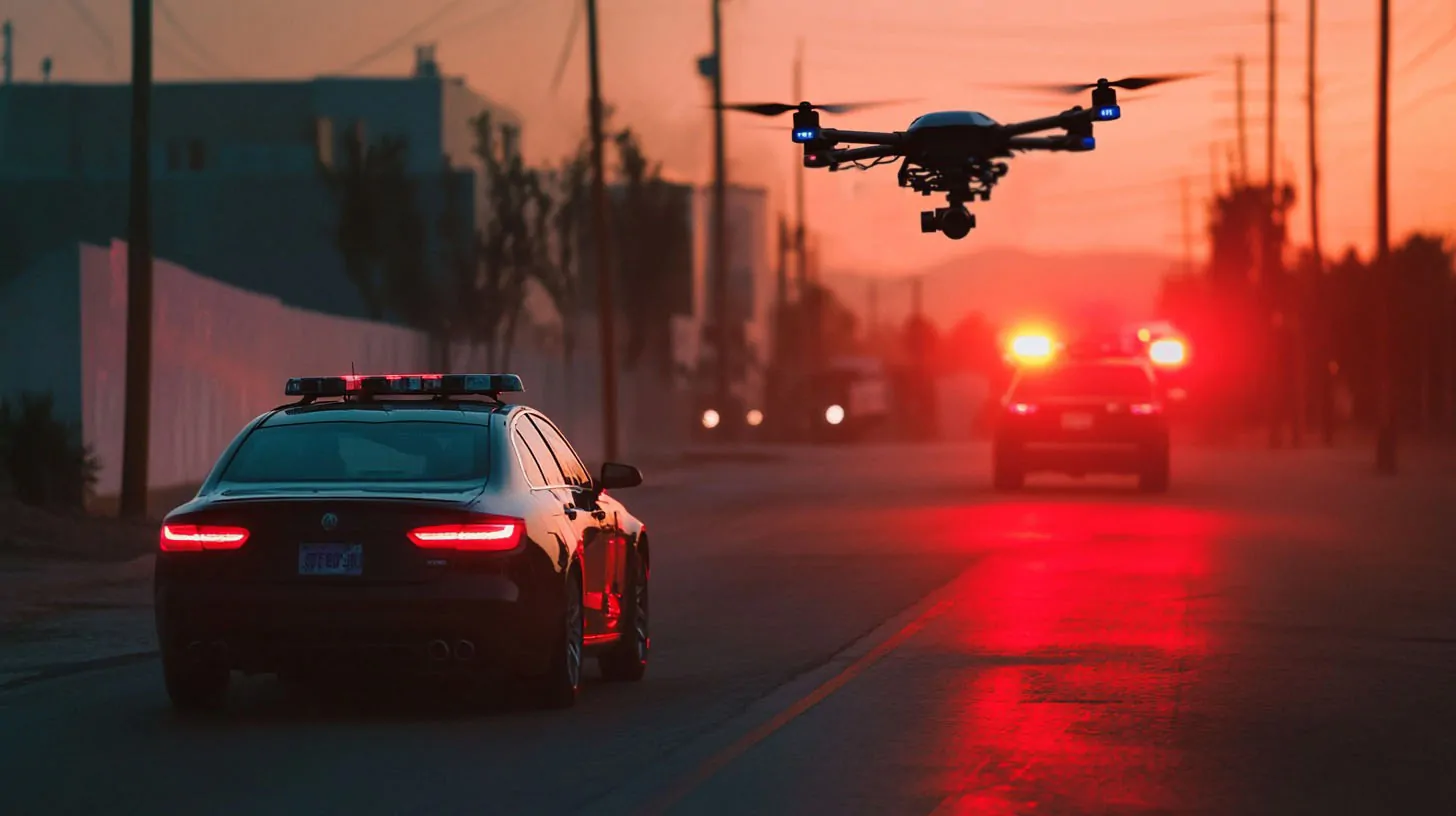
A reckless driver in Manitowoc County fled on foot after crashing their vehicle, prompting a rapid police response.
Instead of launching a traditional foot search, which could have taken hours and put officers at risk in difficult terrain, the sheriff’s office deployed a UAV equipped with thermal imaging.
- The drone quickly detected the suspect’s heat signature, pinpointing their hiding spot.
- Officers safely approached the location with full situational awareness.
- The use of UAV technology minimized risks associated with prolonged searches and nighttime operations.
- A safe and controlled arrest was made without unnecessary escalation.
This case highlights how UAVs provide a crucial tactical advantage, especially in pursuits where suspects attempt to evade capture in hazardous areas.
Case Study: Drone-Assisted Police Pursuits
Police Pursuit and Drone-Assisted Capture
A teenager’s attempt to evade law enforcement in Port St. Lucie, Florida led to a swift respon… – #drone #drones #DroneTechnology #Drones #Florida #Police #PoliceDroneshttps://t.co/FqxF0VaOMr
— DRONEXL.co (@DroneXL1) August 9, 2024
Law enforcement agencies increasingly rely on drones to track suspects during high-risk pursuits. UAVs eliminate the need for officers to engage in direct confrontations while still maintaining surveillance.
- In foot pursuits, drones follow suspects without being detected, allowing officers to plan intercepts effectively.
- UAVs can track fleeing vehicles, providing continuous updates on movement and direction.
- High-speed chases can be avoided by allowing drones to relay real-time location data to ground units.
- Officers remain out of harm’s way while ensuring a suspect does not escape undetected.
The ability to use drones in these scenarios significantly reduces the dangers associated with traditional pursuit tactics. UAVs offer a non-intrusive yet highly effective means of keeping suspects within sight until officers are ready to make an arrest.
Crowd Monitoring and Public Safety
Public safety during large events and gatherings has always been a complex challenge for law enforcement. Drones have provided a crucial advantage by offering real-time aerial surveillance, allowing authorities to monitor crowds, detect potential threats, and coordinate responses efficiently.
These UAVs serve as force multipliers, reducing the need for excessive on-ground personnel while ensuring that security measures remain effective.
Their ability to capture footage from above gives officials a broad view of crowd dynamics, ensuring that security teams can act swiftly when necessary.
Case Study: Super Bowl 2017, Houston
During Super Bowl 2017, drones played an essential role in ensuring the safety of thousands of attendees. Security teams deployed UAVs to oversee crowd movements and detect suspicious activities, allowing for immediate intervention when needed.
- UAVs provided real-time footage, giving security personnel a better vantage point over the event.
- Suspicious behavior and unauthorized access attempts were identified more efficiently.
- Security teams were able to direct personnel to high-risk areas without causing unnecessary panic.
- By reducing the number of officers stationed in crowded zones, officials ensured a smoother experience for attendees while maintaining safety.
The use of drones significantly enhanced law enforcement’s ability to oversee a massive event without disrupting normal operations. Their presence also acted as a deterrent for potential security breaches.
Case Study: Protests and Large Gatherings
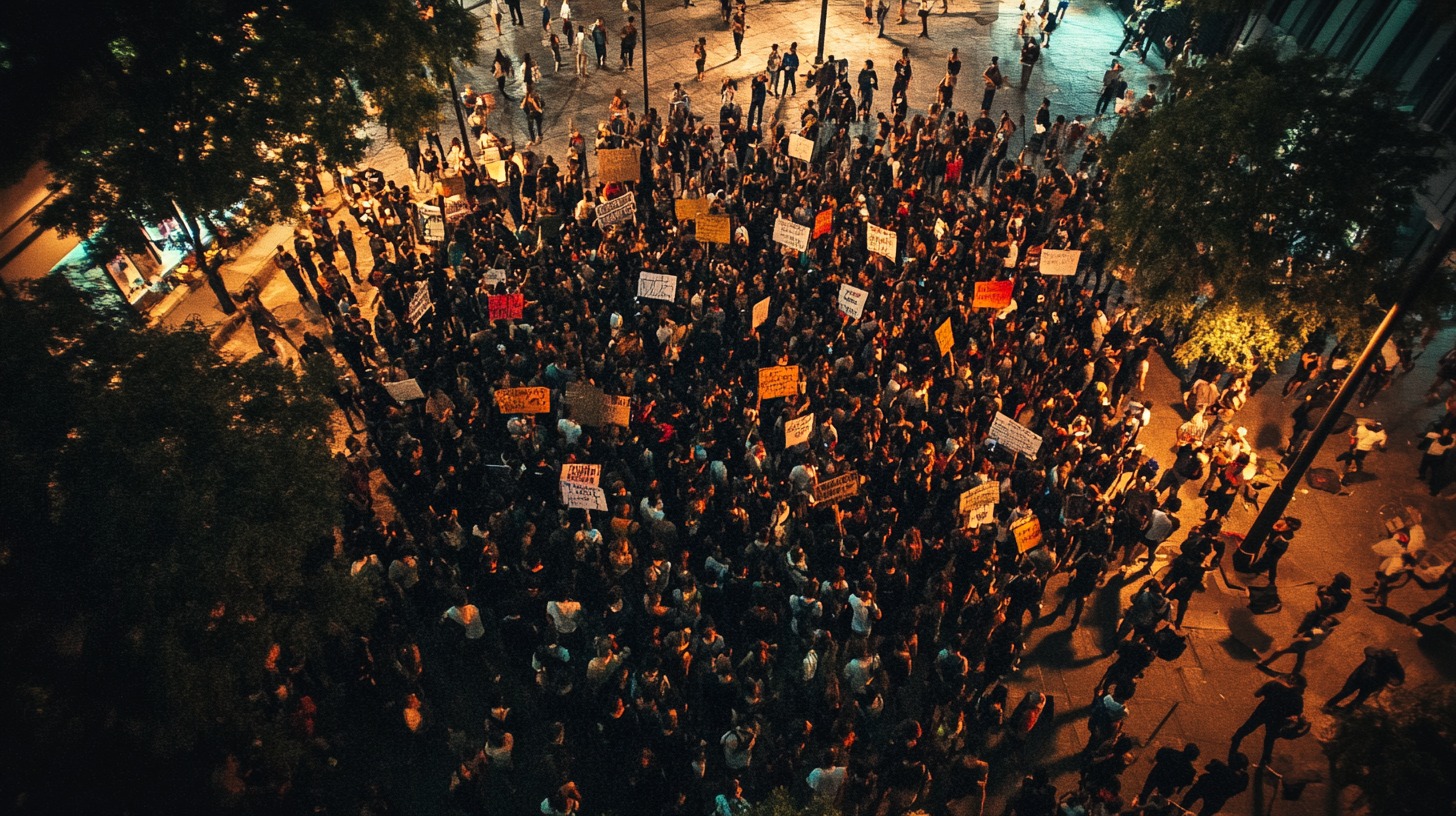
Public demonstrations and mass gatherings can be unpredictable, requiring law enforcement to strike a balance between maintaining order and respecting participants’ rights.
Drones have emerged as an effective tool in this regard, allowing agencies to monitor events in a way that reduces direct confrontation.
- UAVs offer a high-altitude view of crowd movement, helping officials spot potential flashpoints before they escalate.
- Instead of dispatching large numbers of personnel preemptively, authorities can use drone footage to identify where intervention is necessary.
- Unlike traditional crowd control methods, police UAV allows law enforcement to observe without escalating tensions or creating an imposing presence.
- Footage captured by drones can serve as evidence in case of disputes, helping ensure transparency in law enforcement actions.
Disaster Response and Emergency Situations
Natural disasters present significant challenges for emergency responders, often requiring rapid coordination and resource deployment across vast and hazardous areas. Drones have emerged as an essential tool, offering aerial reconnaissance, damage assessment, and real-time situational awareness.
Their ability to access difficult terrain, operate in dangerous conditions, and relay live footage to command centers has improved efficiency and response times in critical situations.
UAVs not only enhance rescue operations but also reduce risks for personnel who would otherwise need to enter unstable environments.
Case Study: Hurricane Michael Response (Florida)
Hurricane Michael caused widespread devastation in Florida, leaving communities without power, roads blocked, and rescue teams struggling to reach those in need.
- Police UAV provided aerial views of collapsed buildings, flooded neighborhoods, and impassable roads, allowing emergency planners to prioritize their response.
- Thermal imaging drones scanned debris fields and isolated areas to find individuals trapped in buildings or stranded in flooded zones.
- Many cell towers were damaged, making traditional communication unreliable. UAVs helped relay messages and coordinate rescue efforts between different agencies.
- The ability to cover large areas quickly meant responders could allocate resources more effectively, reducing the time needed to locate missing persons.
Case Study: California Wildfire Monitoring
Wildfires spread unpredictably, making them one of the most challenging disasters to manage.
In California, drones have revolutionized how officials monitor and respond to wildfires, providing real-time intelligence without putting human lives at risk.
Their effectiveness has been evident in several major wildfire incidents.
- UAVs equipped with thermal cameras mapped fire movement, allowing firefighters to predict where flames were headed.
- Aerial surveillance identified at-risk neighborhoods, guiding first responders in organizing evacuations before conditions worsened.
- UAVs documented destruction, helping authorities estimate losses and plan rebuilding efforts.
- Traditionally, helicopters and manned aircraft have been used for aerial fire monitoring, but drones provided a cost-effective alternative without endangering pilots.
Future Trends and Implications for Law Enforcement
The use of drones in law enforcement continues to evolve as agencies look for ways to enhance efficiency and safety.
Advancements in technology are shaping new applications, allowing officers to rely on UAVs for tasks that once required extensive resources.
The integration of artificial intelligence, automation, and specialized drone units is expected to redefine modern policing. Law enforcement will have greater capabilities in crime prevention, emergency response, and surveillance.
AI-powered UAVs for Facial Recognition and Tracking
Law enforcement is testing drones with artificial intelligence to improve suspect identification.
These UAVs use facial recognition to match individuals against criminal databases, aiding in the location of fugitives or missing persons.
Automated tracking allows drones to follow individuals without requiring constant manual control, reducing the need for officers to engage in risky foot pursuits.
Facial recognition cameras, underwater drones and robotic buoys are among the artificial intelligence-powered technologies being utilized to track the safety of nearly 450 million pilgrims. By @SarithaRai @BatraSupriya https://t.co/9xwecSmna4 via @technology
— Newley Purnell (@newley) January 16, 2025
Drone as First Responder (DFR) Programs
Agencies are adopting DFR initiatives, where UAVs are dispatched to crime scenes before officers arrive.
It allows dispatchers to receive real-time aerial footage, giving responding units a clearer assessment of unfolding incidents.
By analyzing the footage in advance, officers can better prepare for the situation and adjust their approach accordingly.
Enhanced Role in Border Security and Correctional Facility Monitoring
Drones are increasingly used to monitor illegal border crossings, detect smuggling operations, and assist in tracking suspicious activity in remote areas.
Their ability to cover vast distances quickly makes them a valuable asset for border patrol teams.
Correctional facilities are leveraging drones to prevent contraband deliveries, detect unauthorized activity, and monitor inmate behavior.
UAV surveillance provides real-time alerts, reducing the reliance on physical patrols.
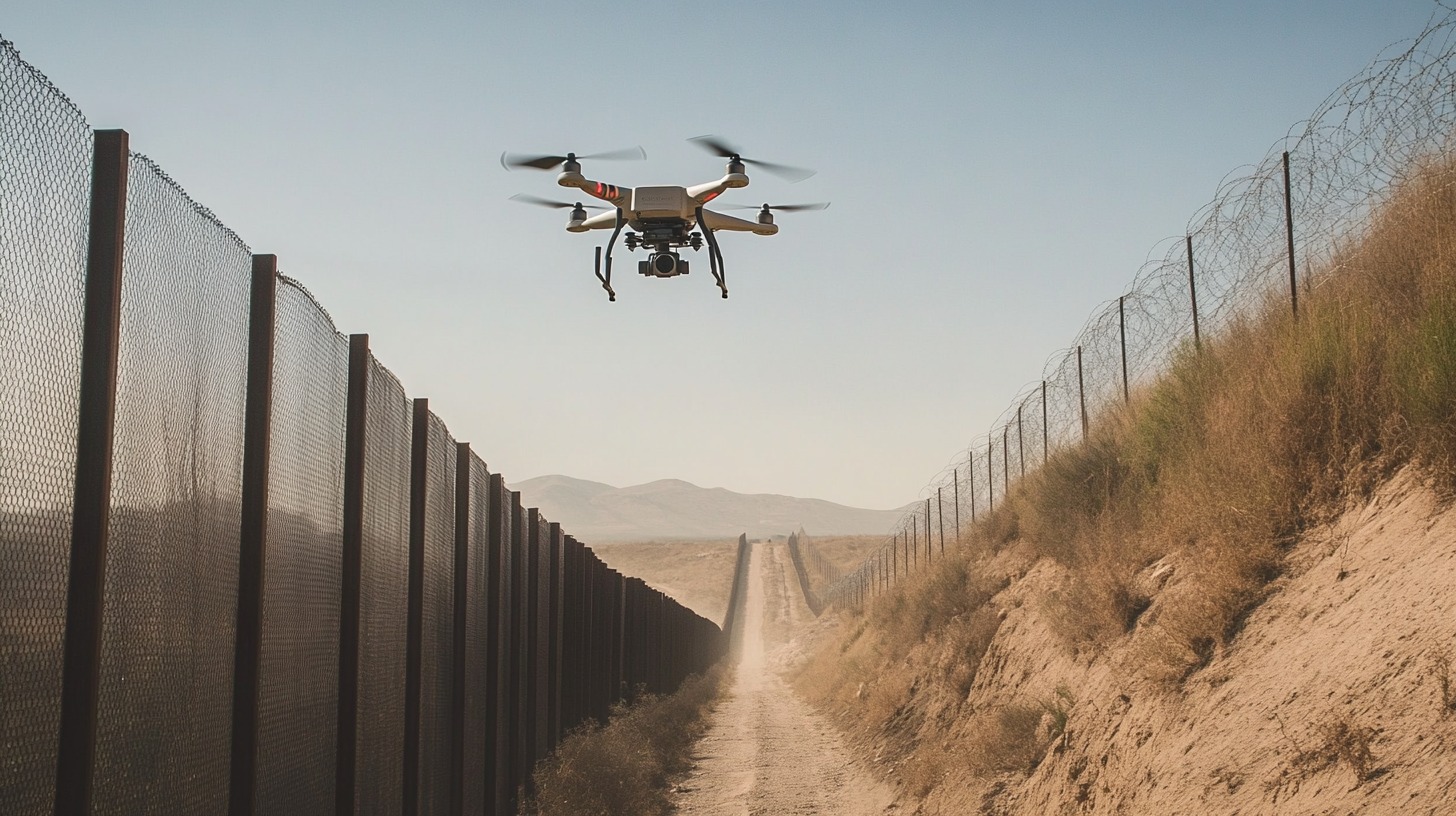
Environmental and Disaster Response Applications
Police and emergency responders are integrating drones into disaster response efforts, using them to assess storm damage, locate stranded individuals, and coordinate relief operations.
Police UAV are instrumental in mapping out affected regions and prioritizing rescue efforts.
Fire departments and hazardous material units collaborate with law enforcement to deploy drones during wildfires, chemical spills, or other large-scale emergencies. UAVs provide aerial insights without exposing first responders to unnecessary danger.
The role of UAVs in policing is expanding rapidly, and continued investment in training, infrastructure, and policy development will determine how effectively agencies harness these tools.
With strategic implementation, drones will play a key role in modernizing law enforcement operations while addressing the challenges that come with their use.
The Bottom Line
Police UAV have transformed law enforcement by increasing efficiency, enhancing officer safety, and improving response times.
Their use in search and rescue, crime scene investigations, suspect pursuits, and disaster response has made a measurable difference.
Discussions on privacy and regulation will become increasingly important. With ongoing innovations, drones will remain a critical tool for modern policing.
Sources
- Chula Vista – Chula Vista Police
- The Drive – Wisconsin Police Say They Used Drone to Save Man From Alleged Self Harm
- BBC – Drones ‘transforming policing’ in Lincolnshire
- KSN – New drone tech used for Kansas State Fair safety, future disaster response
- Tech Crunch – Intel powered the drones during Lady Gaga’s Super Bowl halftime show
- NY Times – Hurricane Michael
- SAS – What do drones, AI and proactive policing have in common?
- Sky Dio – How DFR Works

